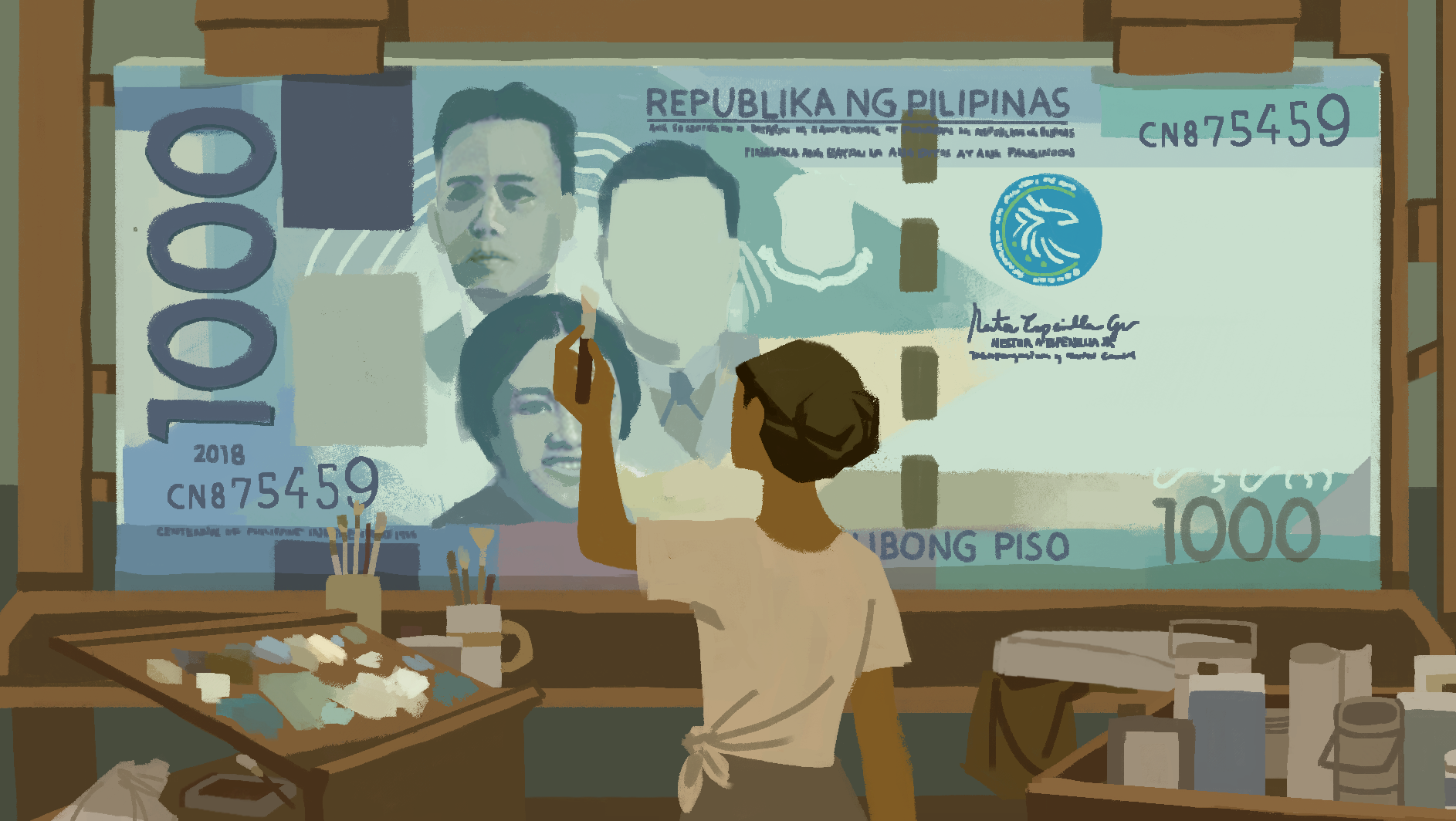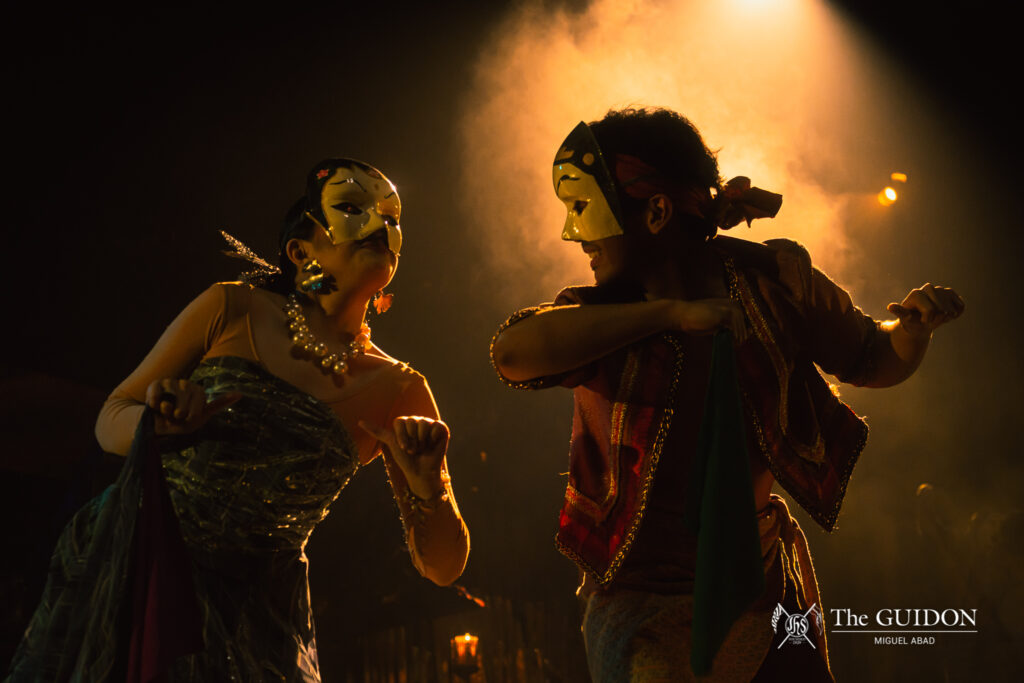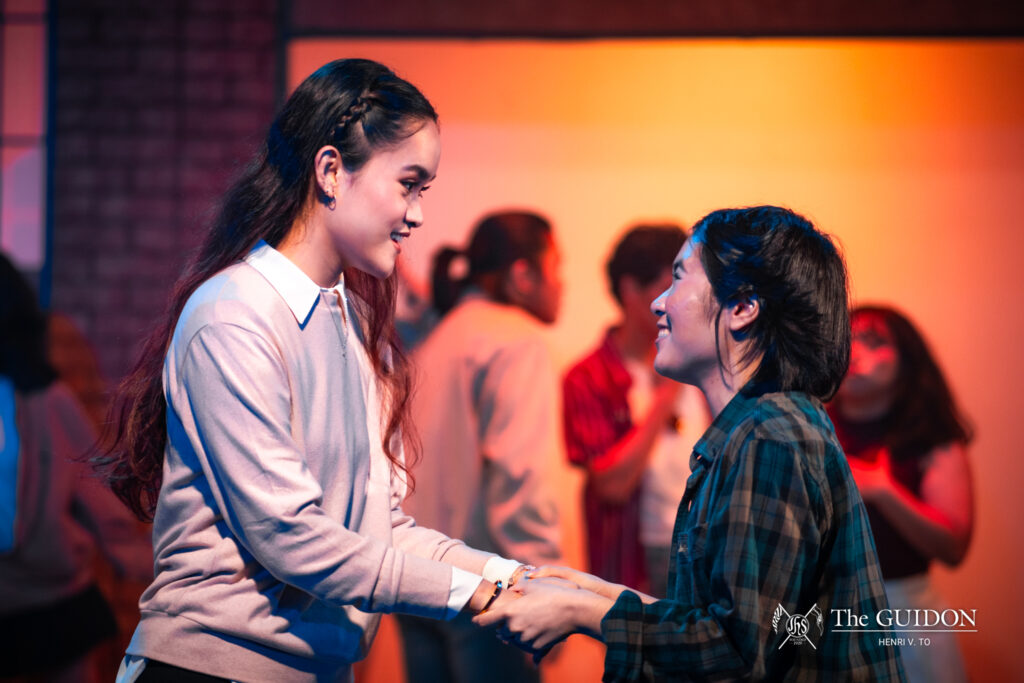Freelance artists have long been offered exposure rather than monetary compensation for their work. The recent issue with Jameson Blake, where he “commissioned” artists over Twitter with the offer of exposure through a “shoutout,” caused an uproar in the Filipino creative community—along with heated debates on paying artists what their craft is worth.
Whether it be design, photography, or performance, artists’ talents are honed through hard work and experience. Yet, the stigma of creatives not needing payment still exists, while they are left to navigate a largely undervalued industry.
Underexposed
The stigma extends to the notion that somewhere, another artist will be willing to do the same job for free just to build their portfolio or get their work out there. When information design senior Gianne Encarnacion, a freelance illustrator and graphic designer, was starting out, she hesitated to charge her clients.
“I felt like I didn’t have enough work to support that I was an artist,” she explains. “I was just really focused on building my portfolio, so that when I had to charge my clients [in the future], I could feel complacent.”
For artists, a portfolio is a collection of your work, and building a presentable portfolio is proof of your talent. Nathan Javier (AB DS ‘18), a makeup artist, shares his experience regarding this. “I was charging a very high rate [for] only my certificate from makeup school and not so much on experience,” Javier explains. “I had to lower my prices because I knew that the quality of my work was not yet at par with most of the makeup artists in the industry who already had a lot of experience.”
Carlomar Daoana, an assistant instructor at the Fine Arts Department, adds, “I think for photographers and for stylists, there’s a bit of benchmarking involved. Because if you’re just beginning [as a] photographer, I don’t think you’ll be paid as much as [people like] Mark Nicdao, or someone else.”
Still, the going rate for any craft is hard to determine, which makes it difficult for beginners to price their work. As Daoana puts it, “There [is] a tendency to undervalue the work, primarily because the rates for these kinds of products are usually under wraps.”
This lack of information about pricing goes both ways. Deciding on rates is one thing, but outwardly justifying them to clients is another. Freelance photographer and videographer Mico Ongkeko (4 BS CTM) knows how these conflicts happen all too easily.
“For example, I can be approached about a debut coverage, and I can quote a standard rate in five figures since debuts usually require a team of around three videographers,” he says. “Sometimes the clients won’t reply because they were expecting a four-figure answer, because they just wanted one videographer and not a trio.”
It is better, however, to have had a discussion about rates than none at all; the latter situation, after all, still applies to rising creatives taking unpaid internships or doing work for college organizations. Both cases are gray areas when it comes to compensation because the job orders in question serve as a training ground. Encarnacion acknowledges the complexity of these circumstances, yet cites the need to assert oneself, particularly when hired by peers.
“For unpaid internships, it’s really difficult to go against the company’s financial profile [and compensation protocol] so it’s difficult to demand pay,” she explains. “Same goes for orgs, which I think are excellent places to grow your portfolio. [But] if you’re an outsourced person for this certain org’s project, there should be compensation.”
Daoana echoes this sentiment, noting that artists must get some kind of royalty if their work is used commercially. Once a client turns a profit from the outsourced art, profit for the creative must follow as well.
“If the logo or brand identity will be used for a campaign, that’s too important not to be compensated for,” he clarifies, saying that the exposure gained from commercial reach should just be a bonus.
Setting the bar
Still, exposure undoubtedly still has its own returns. For Javier in particular, collaborations with more experienced photographers, models, and stylists have been platforms to develop his craft through the years. Nonetheless, even he recognizes a limit to tolerating unpaid work, specifically when it no longer allows the creative to carry on.
“Not all artists are privileged enough to be doing what they love without thinking about the cost,” Javier remarks. As much as an artist would want to run solely on passion, there is no denying the other investments necessary for any craft.
“How much time do you put in shooting? How much time do you put in editing? How much do you spend for equipment and software?” asks Ongkeko. “As a creative, our capital consists of equipment, our mind, and our time. The moment you learn how to put a price tag on those three is the moment that you start settling on a rate.”
And while that rate is relative, there are ways for creatives to protect their trade, whatever their quoted fee is. Daoana calls on up-and-coming artists to seek a support system by joining communities of freelancers. His hope is that those with more experience will mentor the youth when it comes to pricing and client relations.
“Whatever the case may be, I also would suggest [joining] organizations like, for instance, the Freelance Writers of the Philippines,” he adds. “Researching the going rates, feedback from clients, and also, you know, [these] groups, organizations, and peers: [those] will also affect your prices, right?”
In terms of negotiations, Encarnacion suggests bringing up compensation from the very beginning and having those terms written down. “Even for simple projects, have a contract so when difficulties arise, you are protected by a document,” she says. The matter of revision, for instance, is tricky without guidelines set in stone.
“I have one secondhand experience wherein my [event] volunteers had to deal with heavy revisions even if the final file was already passed,” recalls Encarnacion. “There was no pay for it since it was something school-related, so we should have explained to our client the specifics of production.”
It may be nerve-wracking to mention compensation, but artists standing up for themselves do so for the entire community—in the hopes that clients will give others the same regard.
“[Rising creatives] have the capacity to do something unique from what’s circulating out there,” says Daoana. “So, yes, assert that confidence.”
Though the sum fetched may not always be monetary, such decisions are left to the artist—the one who, after all, wields the talent and tools to create. And for being on the giving end, their price has to be right.
Editor’s Note: Nathan Javier’s course is AB Development Studies, not AB Communication. The article has been edited accordingly. We apologize for this oversight.






